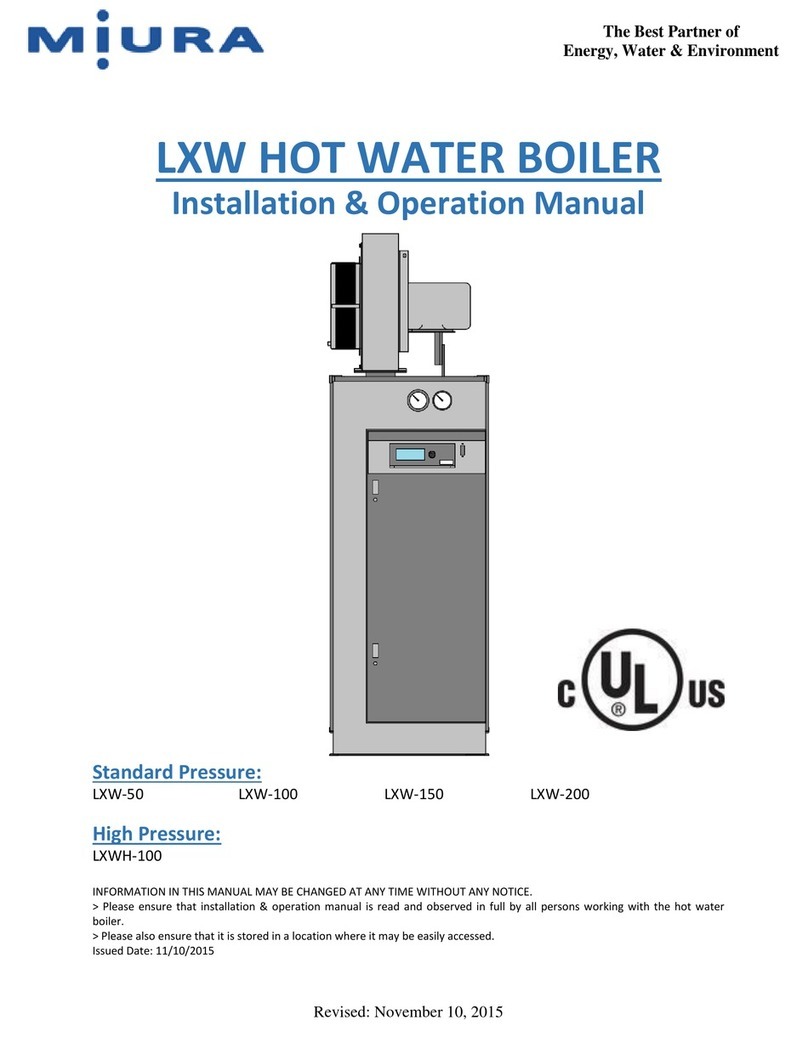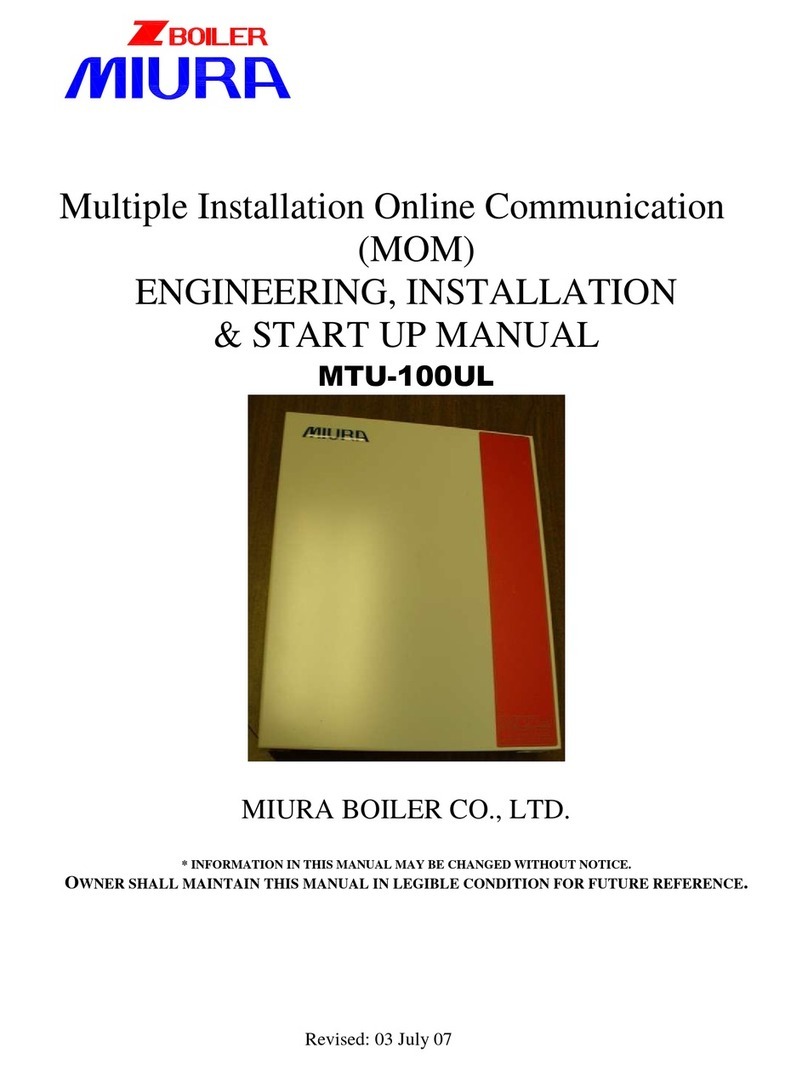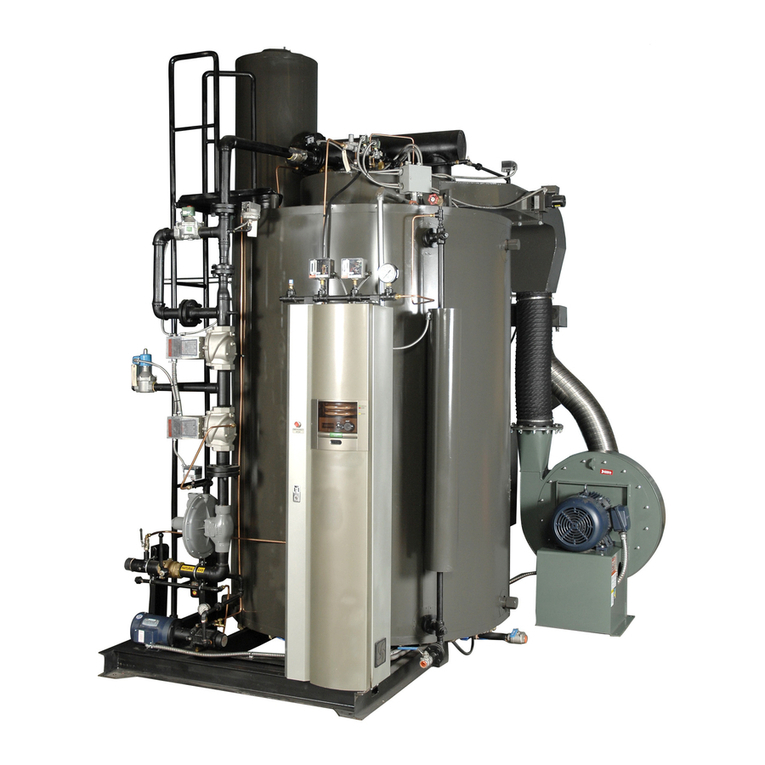
2
Table of Contents
Main Sections ......................................................................................................................................... 1
1 INTRODUCTION ............................................................................................................................. 4
Safety Indicators ................................................................................................................................. 5
Glossary .............................................................................................................................................. 6
Warranty .............................................................................................................................................
Introduction ........................................................................................................................................
Features .............................................................................................................................................. 8
Description ........................................................................................................................................ 10
Acts & Regulations ........................................................................................................................... 12
National Regulatory Organizations ................................................................................................. 13
2 ESSENTIAL BOILER WATER TREATMENT .............................................................................. 14
2.1 Flow Chart .................................................................................................................................. 15
2.2 Water Treatment Guidelines ...................................................................................................... 1
3 COMPONENT NAMES & FUNCTIONS ...................................................................................... 20
4 BASIC PRECAUTIONS ................................................................................................................. 25
Items to Check before Use ................................................................................................................ 26
Clothing Requirements for Safe Operation ..................................................................................... 2
Warning Labels ................................................................................................................................. 2
Dealing with Abnormal Conditions.................................................................................................. 28
Precautions for Boiler Usage ........................................................................................................... 29
Fire Extinguishers & First Aid Boxes ............................................................................................. 29
Prohibition of Unapproved Modification ......................................................................................... 30
When Reselling or Relocating .......................................................................................................... 30
5 PRE-OPERATION INSPECTION .................................................................................................. 31
6 USING BOILER CONTROLS ........................................................................................................ 35
Names & Functions of Control Panel Items .................................................................................... 36
Working with the Display ................................................................................................................ 3
6.2.1 Display Content ............................................................................................................... 3
6.2.2 Using the Display (“DATA” & “SELECT”) ...................................................................... 38
6.2.3 Display Content for Heat Management Mode ................................................................ 39
6.2.4 Display Content for User Setting Mode.......................................................................... 40
6.2.5 Display Content for Fault History Mode ........................................................................ 43
Confirming Gauge Readings ............................................................................................................ 44
Operating the Main Steam Valve .................................................................................................... 45
PREPARING FOR STARTUP ........................................................................................................ 46
8 OPERATING THE STEAM BOILER ............................................................................................. 49
8.1 Boiler Startup ............................................................................................................................. 50
8.2 Inspection during Operation ...................................................................................................... 51
8.3 Boiler Shutdown ......................................................................................................................... 52
9 INSPECTION & MAINTENANCE ................................................................................................ 53
Preparing for Possible Freezing ....................................................................................................... 54
9.1.1 Bleeding Water to Protect against Freezing ................................................................... 54
Maintenance during Extended Inactivity ........................................................................................ 55
Regular Maintenance Tasks and Timing ......................................................................................... 56
Spare Parts ....................................................................................................................................... 58
Overview of Inspection ..................................................................................................................... 59
9.5.1 Checking the Chemical Feeder ....................................................................................... 59



































